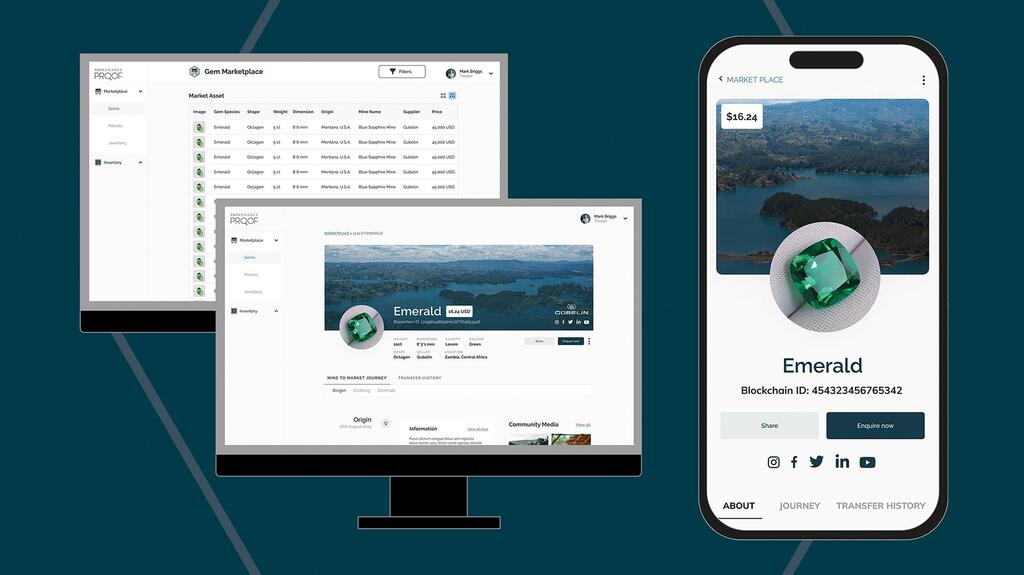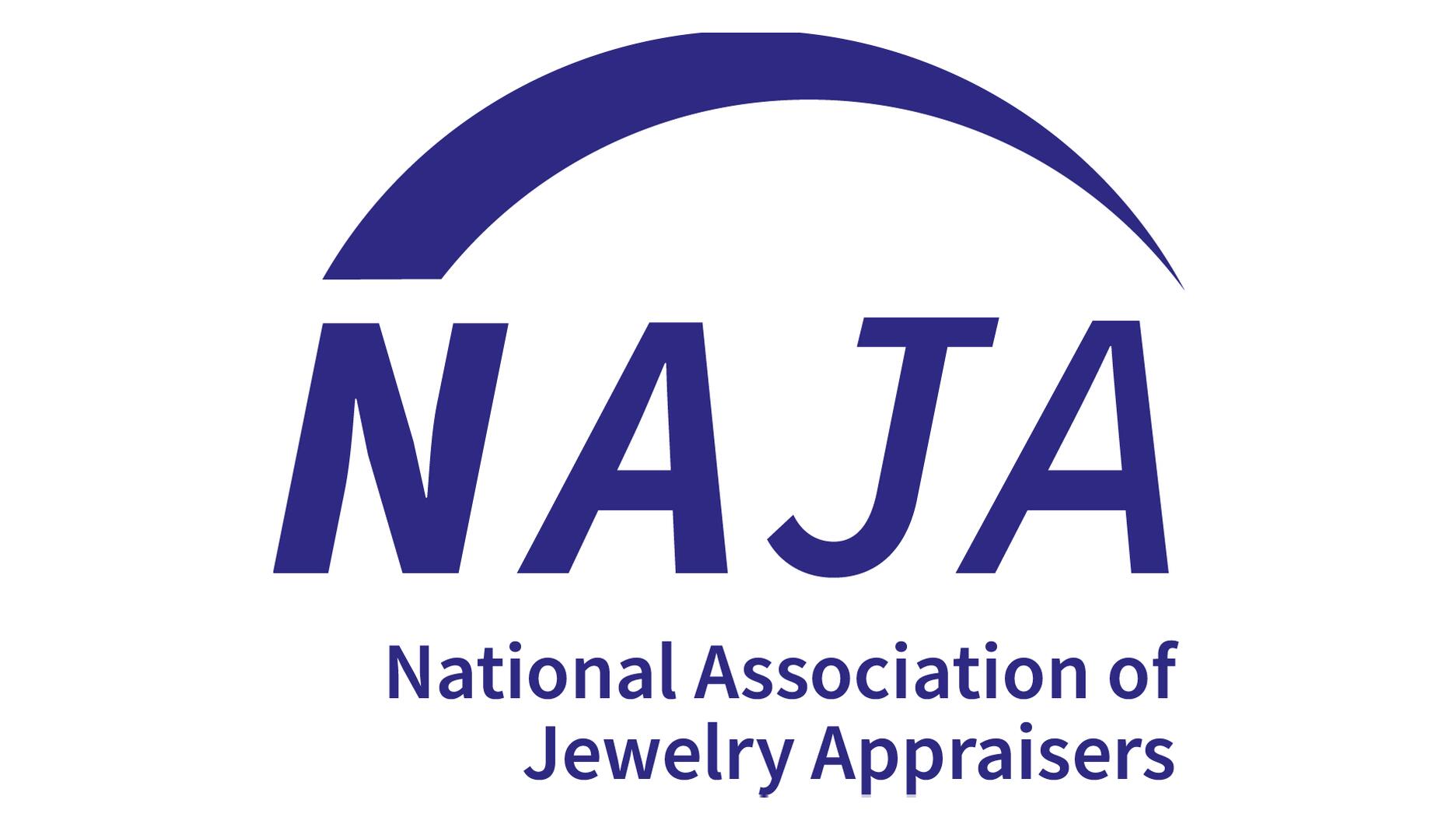Provenance Proof Launches Online Marketplace for Traceable Gems
Debuting today, it is open to Provenance Proof blockchain users.

Started in 2017, Provenance Proof includes the emerald paternity test, to help stones be traced to their mine of origin, and a blockchain.
The addition of the marketplace, created in partnership with Everledger, will connect buyers and sellers of gemstones, giving interested buyers access to traced gemstones from around the world and dealers the chance to expand their reach by listing their gems on the platform.
The Provenance Proof Marketplace launched today; gemstones and pearls can be viewed, uploaded, and purchased now.
The business-to-business marketplace will be open to all industry members who are Provenance Proof blockchain users.
Buyers can search for the stones they’re looking for via filters or contact a seller directly on the platform.
They can also see the journey of the gem on the blockchain before purchasing, allowing them to decide if the stone and stakeholders involved match their purchasing philosophies and guidelines.
Whether or not prices for products will be listed publicly will be up to the seller.
Gübelin also noted the price won’t be stored on the digital record that is visible to consumers, so they won’t be able to see the wholesale prices.

The marketplace launched as an add-on feature to the blockchain, with a free trial period for eight weeks.
In early 2023, Provenance Proof will start using a subscription model to help sustain the growth of the blockchain, its creators said.
All features “essential to enabling more transparency” will remain free for users, they said, and other new features that provide additional value for businesses will be available through the premium package, priced at $49 per month.
Any stakeholder can list at least 20 gems for free on the marketplace every month, a feature permanently integrated into the basic subscription.
Gübelin said around 4 million gems and jewels have been uploaded to the blockchain to date and more than 500 users have joined, including more than 120 jewelers and manufacturers.
“We believe that provable transparency enables trust, sustainability and fairness in our industry,” said Klemens Link, director of Provenance Proof.
“To make it easier for stakeholders to offer or search for matching traceable gems, we launched the Provenance Proof Marketplace, the first online marketplace for fully traceable gemstones powered by blockchain technology.”
The Latest

Set in a Tiffany & Co. necklace, it sold for $4.2 million, the highest price and price per carat paid for a Paraíba tourmaline at auction.

The jeweler’s “Deep Freeze” display showcases its iconic jewelry designs frozen in a vintage icebox.

Take luxury gifting to new heights this holiday season with the jeweler’s showstopping 12-carat sphene ring.

How Jewelers of America’s 20 Under 40 are leading to ensure a brighter future for the jewelry industry.

This year's theme is “Unveiling the Depths of the Ocean.”


In its annual report, Pinterest noted an increase in searches for brooches, heirloom jewelry, and ‘80s luxury.

Starting Jan. 1, customers can request the service for opal, peridot, and demantoid garnet.

Roseco’s 704-page catalog showcases new lab-grown diamonds, findings, tools & more—available in print or interactive digital editions.

The 111-year-old retailer celebrated the opening of its new location in Salem, New Hampshire, which is its third store in the state.

The new catalog features its most popular chains as well as new styles.

The filmmaker’s personal F.P. Journe “FFC” prototype was the star of Phillips’ recent record-setting watch auction in New York.

The new location in the Design District pays homage to Miami’s Art Deco heritage and its connection to the ocean.

Inflations, tariffs, and politics—including the government shutdown—were among consumers’ top concerns last month.

Silas Smith of Meridian Metalworks won the challenge with his pendant that blends Australian and American landscapes.

The sale of the 31.68-carat, sunset-hued stone was part of Sotheby’s first series of events and auctions in Abu Dhabi.

Most customers who walk into your store this month have made up their minds. Your job is to validate their choice, Emmanuel Raheb writes.

The collection features characters and motifs from Ukrainian folklore, including an enchanted mirror and a magic egg.

MatrixGold 3.11, the newest version of the jewelry design program, offers more flexibility, precision, and creative control.

The pavilion will be part of the 2026 JA New York Spring show, scheduled for March 15 to 17.

Kadet, a 1994 National Jeweler Retailer Hall of Fame inductee, helped grow the family-owned retailer in the Chicago area and beyond.

Billed as the world’s smallest wearable, Lumia Health’s new smart earrings have a health tracker subtly embedded in the back.

Don’t let those with December birthdays feel blue. Help them celebrate their month with blue zircon, turquoise, and tanzanite.

The new pink sapphire version of the piece dances with its wearer in the brand’s “Icons After Dark” holiday campaign.

A choice that’s generated a lot of commentary, Pantone says “Cloud Dancer” marks a fresh start and encourages relaxation and creativity.

The manufacturer’s holiday campaign features a gift guide filled with trending designs and jewelry that can be personalized.

The man was charged with theft, accused of ingesting the necklace while in a jewelry store in Auckland, New Zealand.

The Florida independent expanded its store from 8,000 to 14,000 square feet, fulfilling the vision of its late co-founder, Jim Dunn.





























